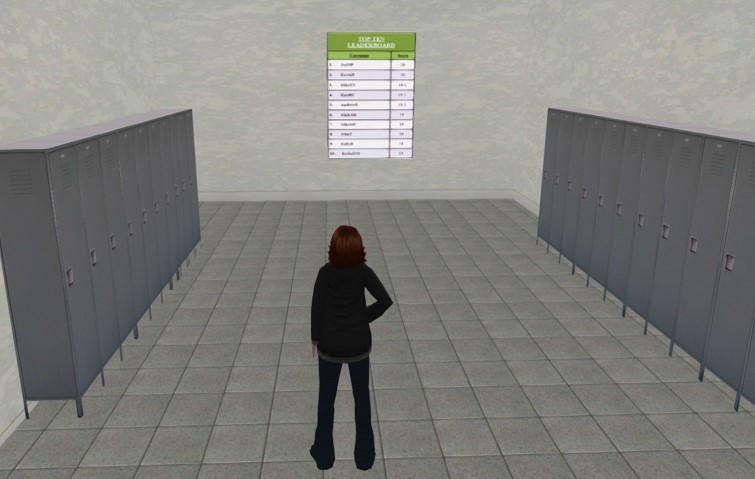Before the conference
Make sure you know the time and format of your panel. How many presenters are there? How long does the session last? This will help you determine how long each presenter will have to speak. Be sure to account for 2-3 minutes in between each speaker for slide transitions and introductions and leave an appropriate amount of time at the end for questions and discussion. If you have any questions, the Vice Chair or program planner for the division is a good person to contact. Keep in mind their head will be exploding around conference time, so try to do this early.
Read through the papers on your panel. Prep questions/topics for every paper. Try to identify unifying themes that multiple presenters could discuss.
If you’re a real go-getter, you can email presenters to ask for updated paper copies (people often forget to re-upload to the conference site), ask who will be presenting, and let them know about the format of the session and the time they will have to present.
Do a mental walkthrough. If you’re inexperienced with chairing, think about it like any presentation you’d give. Practice introducing the papers or imagine what you’d say in situations like an off-track discussion (some suggestions are below).
Before your session
Prepare for the worst. If you want to be the best chair ever, come prepared for a variety of hiccups. Bring water, something to take notes on, the list of papers/presenters (DO NOT RELY ON WIRELESS ACCESS!), a timing device, your laptop, and a jump drive. Optional: time indicators (signs, iPad countdown) and breath mints (not gum, gross).
Show up early & prep. Make sure to arrange your schedule so that you can show up early and sit in the front row in front of the presenter area. Position yourself in between where the person is likely to speak and the audience so that you can give them clear timing cues (and cut them off if necessary). Ensure there are enough seats at the table if there is one. Check the projector to make sure it is working. If the previous panel members are lingering and preventing people from getting set up, simply let them know in a polite tone that you’re sorry to interrupt, but you need to get set up for the next session. Everyone knows that conferences run on very tight schedules.
Know your stuff. As presenters arrive, introduce yourself and get others’ names. You may also want to ask about pronunciations of names and affiliations.
Simplify tech issues. Try to establish a single computer and upload all presentations to one device. It will slow things down considerably if people are switching out computers constantly. If there is a clicker, get that set up. Ask presenters to test video clips, have websites open, etc. before the session starts to minimize technological failures.
Lay down the ground rules to the presenters. Yes, you read that right. Once you have most of your panelists at the front table, tell everyone that you will be strict with the time. You can be somewhat joking here but also invoke a little guilt. “I don’t want to have to throw my shoe at you or anything, but I just want everyone to know we’ll be sticking with the schedule.” Or, “I hate having to cut anyone off, but it’s not fair to have one presenter cut into another presenter’s time.” Or, “We have so many exciting papers today, I can’t let any one presenter cut into someone else’s time.”
Public introduction. At the beginning, introduce yourself and announce to the audience that you’ll be sticking to the time limit for each presenter. You can say something like, “I would hate to cut anyone off, but because we have X presenters and such a limited amount of time, I’m going to be really strict on time.” Remind people of the nature of the format (e.g., tell people to hold their questions until the end of the session).
STICK TO THE TIME and take notes. Watch that timer like a hawk, give people appropriate signals, and….
Yes, cut people off if necessary. You have already told them you’re going to do it. You’ve forewarned the audience as well. You’ve mentioned that it’s a jerk move to cut into another presenter’s time. Find the first opening (a slide change is optimal), stand up, say “Thank you!” and turn to the audience and start clapping to signal applause.
Q & A and audience management
Allow the audience to start with questions. If it gets quiet, direct a question to one of the presenters who hasn’t had a question from the audience yet.
Don’t hesitate to interrupt audience members (or presenters) who monopolize the conversation. You may feel rude cutting that person off if they’re rambling, but keep in mind that everyone else in the room is often hoping and waiting for you to make it stop. Some language that may help you:
–“Sorry to interrupt, but I’m just going to jump in here because we only have a few minutes left for discussion.”
–“This is an interesting conversation, but I really want to make sure we get to the other audience questions, so I’m going to transition here.”
–“I don’t mean to cut you short, but we’ve got some other questions. Our presenters will be here for a few minutes after the session, so perhaps you could follow up with them.”
End the session on time. There is probably another group of people waiting just outside the door who want to come in and get set up for their talks. Don’t stress them out by cutting into their time–that’s not cool.
After the session
If someone didn’t show up or there were any other notable incidents, notify the Vice Chair of the division as soon as possible.
Give yourself a pat on the back. It’s over!






